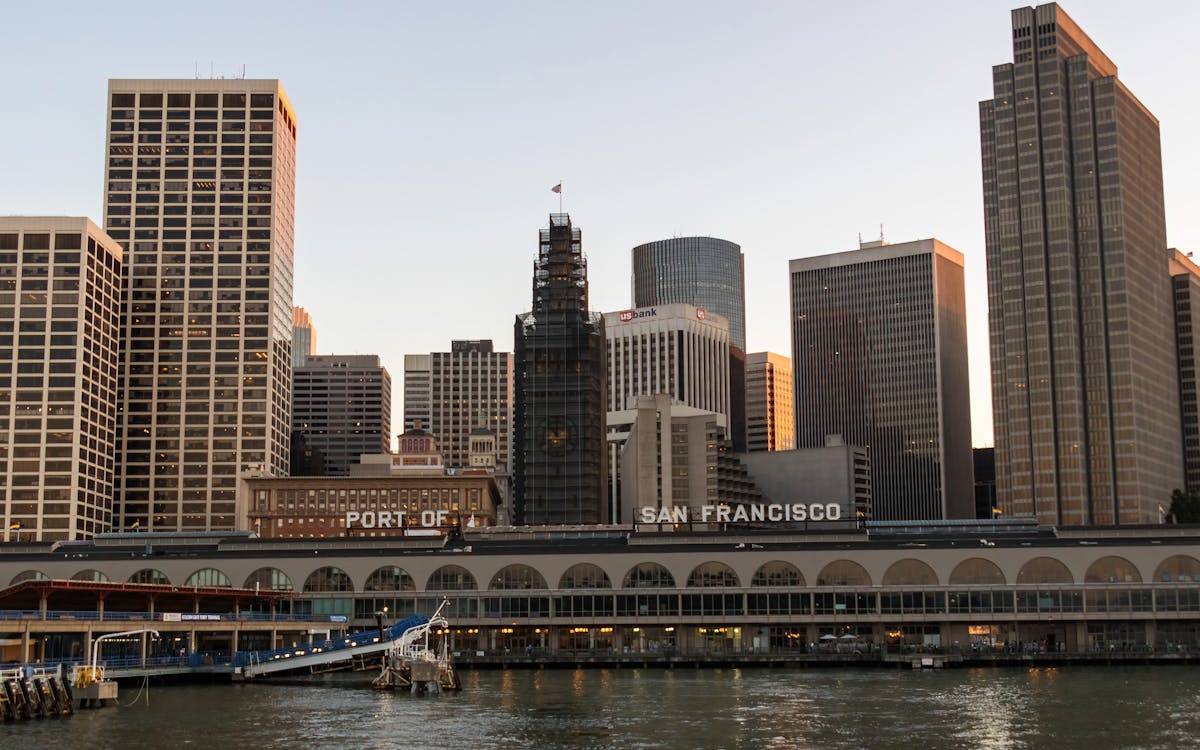
Why Restoration Matters More Than Ever in the Bay Area
Over the last couple of years, the San Francisco Bay has actually weathered the effect of city development, industrial advancement, and climate adjustment. When including wildlife and rich wetlands, a lot of the bay's all-natural ecosystems have been fragmented or degraded. Yet amidst these obstacles, something amazing is happening: regional homeowners, volunteers, and grassroots initiatives are leading a wave of environmental reconstruction that's bringing brand-new life back to the Bay.
Restoration isn't practically planting trees or tidying up trash, though those efforts are necessary. It's concerning restoring the structures of life, from marsh grasses that sustain fish baby rooms to shoreline buffers that guard against flooding. And in this area, the power of neighborhood involvement is turning the trend extremely reasonably.
From Marshland to Miracle: The Return of Native Habitats
One of one of the most visible changes happening in the Bay Area is the re-emergence of indigenous environments. Wetlands that were as soon as drained or led over are being rehydrated and replanted. Turfs and hedges native to the area are being cultivated by area groups, who usually count on local volunteers to assist expand seedlings and take care of regulated planting events.
These indigenous plants do greater than include plant to the landscape. They provide sanctuary to migratory birds, pollinators, and tiny animals, creating pockets of biodiversity amidst hectic city areas. As these environments increase, so does the eco-friendly wellness of the Bay itself. When neighborhood homeowners take time out of their weekend breaks to obtain their hands in the dirt, they're not simply planting-- they're taking part in the repair of a living, breathing ecological community.
The Role of Education in Fostering Environmental Stewards
Education plays an important component in why these community-led initiatives are working so well. Schools, neighborhood facilities, and not-for-profit groups are arranging hands-on understanding experiences where individuals of all ages can understand the scientific research and importance of restoration. These programs often bring individuals in person with issues like disintegration, pollution, and sea level increase-- subjects that can feel abstract until they're seen up close.
When someone sees the fragile balance of an estuary or finds out exactly how a single plant types can filter contaminants from the water, the value of that knowledge becomes individual. And keeping that understanding comes the motivation to act. Recovering ecological communities ends up being less of a job and more of a goal. This deep link to local areas is what sets the Bay Area apart and fuels the long-term success of these initiatives.
Taking Advantage Of the Digital World to Drive Real-World Change
Interestingly, the press to recover the Bay's ecosystems isn't occurring in isolation from the digital globe. Innovation is ending up being an effective device in rallying support, spreading out recognition, and attaching areas. Whether with resident science applications that track native varieties or community forums arranging reconstruction occasions, the on the internet area is matching boots-on-the-ground action.
Recently, also local outreach techniques have actually evolved. For example, a social media marketing agency in the Bay Area could sustain ecological campaigns by aiding volunteers intensify their effect, inform their stories, and motivate others to obtain entailed. These digital touchpoints have the power to turn a small weekend cleanup into a local activity simply by allowing people understand it's happening-- and that it matters.
Email Campaigns That Inspire and Inform Local Change-Makers
Another digital approach making a concrete distinction is email interaction. Updates regarding restoration events, seasonal planting initiatives, and contribution drives are often shared with meticulously crafted e-newsletters that strike a balance between being informative and motivating. It's not uncommon for a well-timed campaign from an email marketing agency in San Francisco to bring a rush of volunteers or donations to a job in need.
These e-mail campaigns aren't just transactional-- they're transformative. By enlightening subscribers regarding the straight effect their involvement has, they support long-term interaction. Viewers involve feel like stakeholders in the health and wellness of their region, which psychological link converts to lasting dedication.
The Unseen Work of Connecting Data, Communities, and Nature
Behind every successful restoration project exists a complex web of coordination. There's research study to recognize what environments require most, area feedback to form inclusive plans, and follow-up tracking to guarantee success. This sort of continuous effort commonly calls for not simply heart, however data, technique, and communication.
That's where the see it here assistance of a digital marketing company in the Bay Area can make a silent however critical distinction. By aiding companies build solid digital systems, gather understandings, and refine their messaging, these teams allow neighborhood teams to scale their impact. The outcome is a much more linked and effective movement, where every activity counts, and every person feels like they're component of something bigger.
The Power of People in Preserving the Bay's Future
If there's one point the Bay Area has shown, it's that restoration doesn't have to start with large organizations or substantial spending plans. It can start with one next-door neighbor pulling weeds from a trail, one trainee growing a native sapling, or one family members showing up to a coastline clean-up. These little activities add up, especially when they're sustained by smart methods and shown to the broader neighborhood.
There's something distinctly hopeful about seeing the tides turn-- both figuratively and essentially-- for nature. The Bay is much from fully restored, however it's being restored day by day with the persistence and treatment of those who call this area home. With each marsh rebuilt and each native varieties protected, we're not just restoring communities-- we're envisioning what's feasible when neighborhoods lead with function.
Keep following this blog for more stories on local modification, area effect, and the methods you can be part of safeguarding the all-natural elegance that borders us.
Comments on “How Community Activism Is Reshaping Bay Ecosystems”